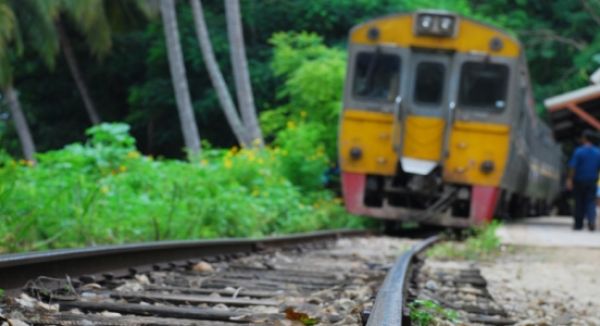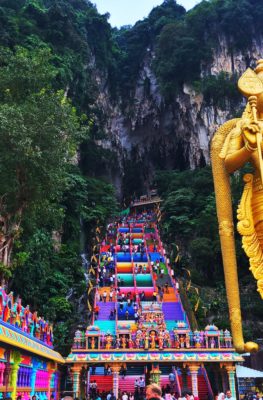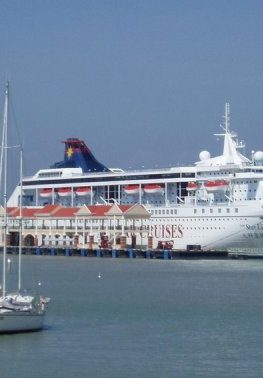Published on February 10, 2010

It’s great that air travel throughout South East Asia is as cheap and accessible as it is. And it speaks volumes that, even though it’s possible to take a one-hour flight from Bangkok to Vientiane, many travellers opt to make the trip on a 12-hour sleeper train – so many travellers that private cabins are booked weeks in advance. No intrusive customs officers, no x-rays, no excess baggage fees – none of the dehumanising security protocols that have robbed aviation of its mystique, if it ever had any. The romance of the railway prevails and train travel remains one of the great ways to experience South East Asia.
Trains run the length of Thailand, through Malaysia and on to Singapore, making it possible to go from Sukhumvit Road to Orchard Road entirely by train. Granted, it takes roughly forty-seven hours longer than a low-cost carrier flight, but quietly click-clacking from open field to dense jungle holds a certain charm many have forgotten exists in travel. Robert Louis Stevenson said “the great affair is to move” and the railway epitomises travel for travel’s sake – moving through new territories rather than over them in some disembodying race to ‘arrive’.
One of the more popular long-haul train trips in SE Asia is the aforementioned journey from Bangkok to Vientiane (or vice versa). Travellers can choose from various classes, but most westerners will opt for the second-class sleeper carriage. First class sleeper – the private two-berth cabins – are a completely legitimate option for couples, but these need to be booked ahead and being locked into a confined space with someone you already spend your entire life with is perhaps not conducive to happy travels. Plus, there’s no private toilet – you still have to use to one of the shared toilets at the either end of the cabin. These are kept clean and have toilet paper and the guard who watches over the carriage is always good for an awkward cross-language conversation.
The second-class sleepers on this train are communal, with beds flanking either side of the carriage. Guards convert the chairs to beds, including a sheet, blanket and pillow, and there’s a fan and air-conditioning keeping everyone perhaps a little too cool. The trick with second-class sleeper is to reserve a bottom bunk. They’re slightly more expensive (the difference being nominal) but there’s more elbow room and a big window, resulting in an altogether less coffin-like experience than the upper bunks. Storage racks, a nightlight and ‘room-service’ (a lady who goes around and takes food and beverage orders) complete the perks. Falling asleep after a king-sized bottle of beer to the gentle rocking of the train is even easier than it sounds and before you know it, the beer lady is bringing around breakfast.
As with crossing any international border, there’s a change of trains. Near the border of Thailand and Laos is Nong Khai, where travellers on their way to Vientiane can either take a bus over the border or hop on the new train that runs over Friendship Bridge. While this train costs only 20 baht and takes as many minutes, there’s a lengthy wait for it at Nong Khai. Which is fine if there’s a long queue at immigration, but generally there’s not, resulting in time actually stopping if you haven’t brought a book or some kind of iThing to occupy yourself. The final stop is Thanaleng, Laos, where you can catch a minibus into Vientiane for around 100-200 baht.
If you’ve never travelled long distance by train before, South East Asia is an amazing place to begin. Trains are far cheaper than in Europe, they’re safer and more comfortable than buses and there’s a sense of community that doesn’t happen when you’re fighting someone for an armrest.There’s also zero chance of mistaking Singapore’s art deco terminal with KL’s flashy Sentral – not something that can be said their airports, which are seemingly interchangeable.
Other noteworthy train trips around SEA include Vietnam (from Hue to Danang along some heart-stopping coastline) and Singapore to Bangkok via Penang, with free time in Kuala Lumpur and carpeted sleeper cabins (less than the cheapest flight, at 1500 baht, about $45USD).
Bek van Vliet is a freelance travel writer and blogger living in Bangkok, with her 2 cats.






